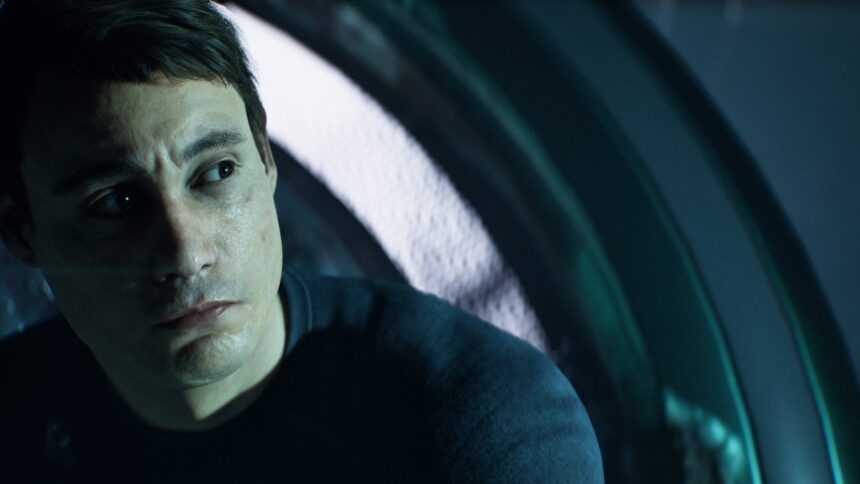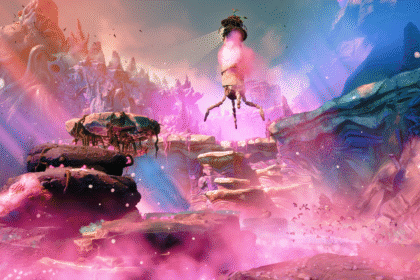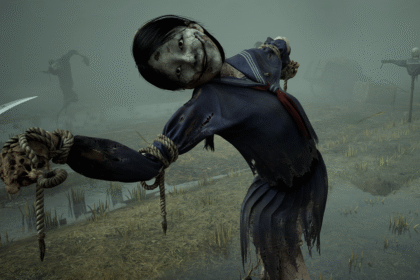One of the best and most infuriating parts of playing through a Supermassive game like Until Dawn or The Quarry is, without a doubt, the struggle to try and keep every single person alive. Unfortunately, I’m cursed with an awful mixture of indecision and rash choices so somehow I always manage to mess up critical life-saving moments.
I still soldier on, though, turning my playthroughs into chaos-ridden kill-all objectives. But after playing the first chapter of Supermassive’s latest game, Directive 8020, at Gamescom, I’m starting to realise that even I, an idiot, may have a chance at keeping all my favourites alive.
Directive 8020 is different from previous Supermassive games in a few ways. It’s set in space, has a crew of adults instead of youngins, and has a brand spanking new Turning Point system. If you haven’t heard of the last thing, that’s okay—neither had I before playing 8020. It’s basically just a way for players to save scum as it plots major decisions in the story and then lets you pick up from a previous spot.
“There’s a bunch of players who get invested in the characters, and then when their favourite character dies, they turn off, they stop playing the game,” creative director Will Doyle tells me. “So this gives them a second chance. Actually, when you start playing the game and rewinding all over the place, it’s a different experience, and it’s quite a fun experience. You can change it at any time, and at the end of the game, it logs your progress.”
When you open up the Turning Point menu, you’re met by a spider’s web of boxes, as early decisions expand and expand into loads of different outcomes. There are also minor decisions that’ll still lead to the same event but will have an effect on every character’s mindset. For instance, I got one of the scientists, Tomos Carter, to take on the caretaker role as he protected his crewmates and retained a level head in a crisis.
There’s a kind of wipe-out option that can happen if you really mess things up with the crew midway through your game.
Will Doyle, creative director
“[The Turning Point system] is more for explorer players who want to achieve everything,” Doyle says. “The Turning Point screen becomes like a sticker book where you’re literally going to try and fill it all in. We offer hints for unlocking different branches on the Turning Point screen—sometimes, you need slightly arcane ways to unlock them. It’s not as simple as just rewinding to a choice. You have to have made a choice previously, or a character’s trait has to be at a certain level to get this one.”
It’ll likely take some time for players to unlock every single scene and outcome, but that puzzle is also part of the fun of Directive 8020. “The story can end earlier than in most of our games,” Doyle adds. “There’s a kind of wipe-out option that can happen if you really mess things up with the crew midway through your game. But we always try and keep a full cinematic experience. So even in loss, the bad route unlocks bonuses later. We try and keep the story rolling until it’s concluded, as much as possible.”

It may all sound really cool, but this is still quite a big departure from how previous Supermassive horror games have played, where the decisions you make are set in stone. “We spend a lot of time talking about choices,” Doyle says. “We try to create a kind of perfect dilemma where you’re caught between two seemingly equally bad options. And we have this kind of rule that we’ve developed over time, which is that whatever you choose in these pivotal moments should leave you a sense of loss—you never feel quite done the right thing.
“A lot of people say that our games make them feel very on edge and tense. I guess that’s intentional. I think it works with horror as it’s often about survival, going up against terrible odds. So we want you to kind of feel that when characters die, it’s because of your own choices. You caused it.”
These feelings may be watered down slightly thanks to the Turning Point system, but trust me, the feelings of panic and anger when a character dies doesn’t go away just because you turn back the clock. After my first death, I was left playing back every single decision in my mind, wondering where it all went wrong, and I couldn’t figure it out for sure. The Turning Point system isn’t so detailed that it’ll tell you the outcome of your decisions.
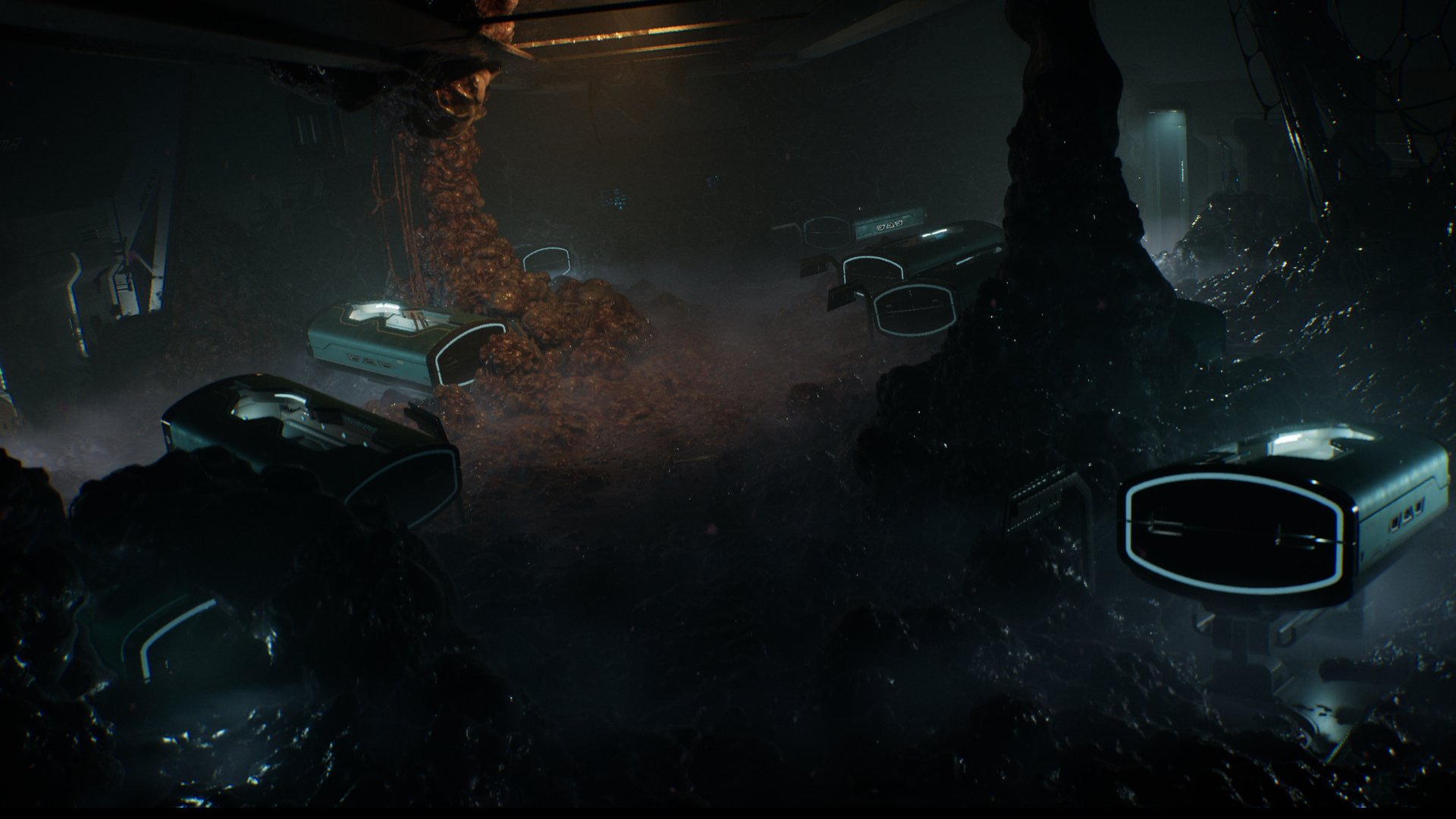
But if it’s still too safe for you, then don’t worry, you can simply opt not to use it. The system is more for players who’d opt for finding every ending. “The whole system is to make our games more accessible for our fans,” Doyle explains. “Traditionally, we’ve gone ‘you live or die by your decisions.’ You can’t rewind at all. And when you get to the end of the game, you either have to go back to the very beginning of it, or you have to go back to the start of one of the bigger chapters. So we’re trying to make it as easy as possible to jump back straight to those moments and see the what-ifs.
“I kind of have a theory that most people play our games on the first run through, trying to keep everyone alive, and then on the second run through, they’re going, ‘What if?’ And then beyond that, they’re probably trying to get achievements and trying to platinum the game.”
I only got to play the first chapter of Directive 8020, but even that was enough to have my mind racing to all the ‘What ifs?’ Doyle has been talking about. So I think giving players the tools to explore these better is a brilliant idea that adds a really fun puzzle aspect to this horror game.
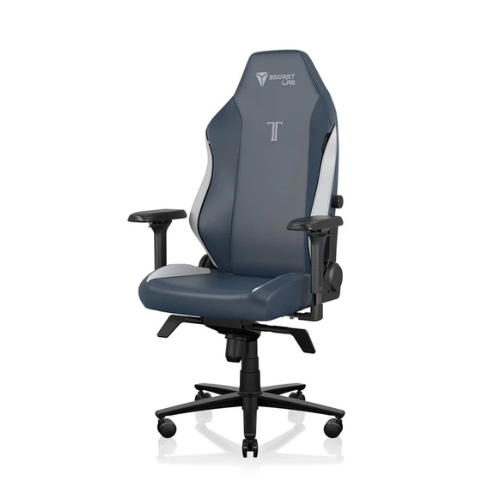
Best PC gaming kit 2025
Read the full article here



